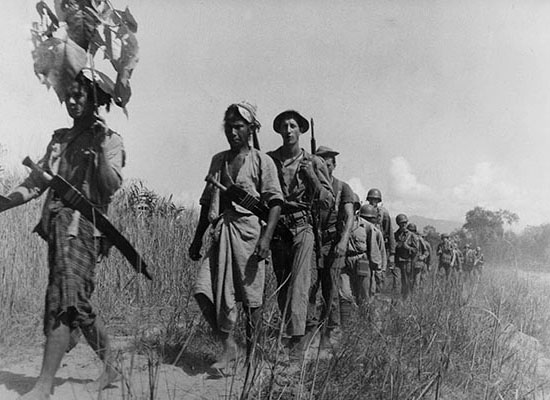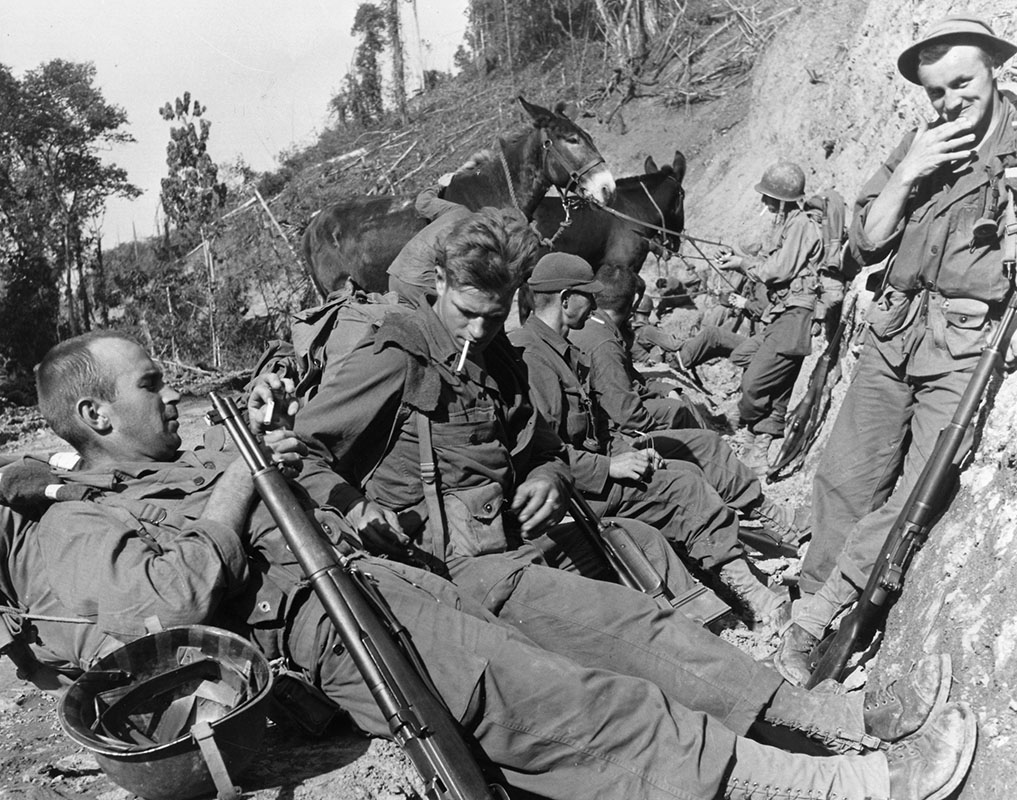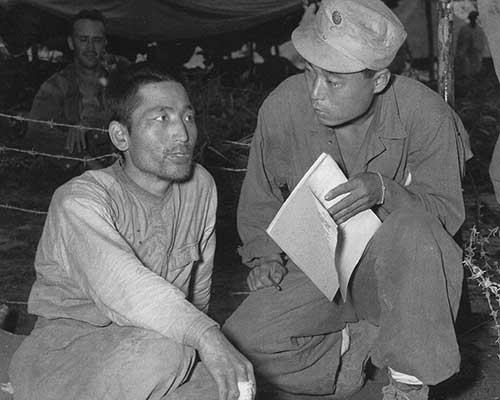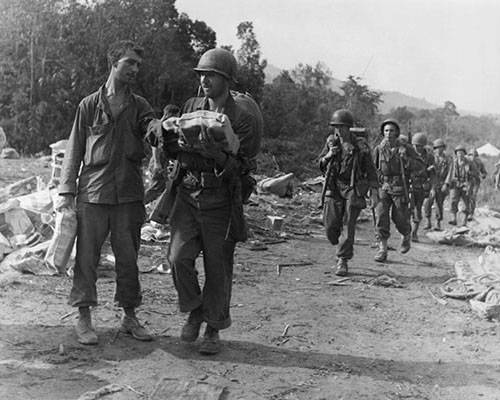DOWNLOAD
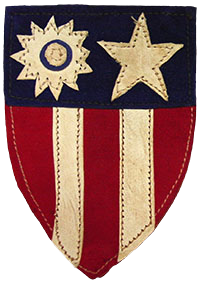
The story of the 5307th Composite Unit (Provisional)—Galahad, or Merrill’s Marauders—is well known. Patterned after Major General Orde C. Wingate’s Chindits, Lieutenant General Joseph “Vinegar Joe” D. Stilwell’s American long-range penetration unit made one of the deepest dismounted incursions into enemy territory in U.S. military history. The Marauders—so dubbed by a newspaper reporter who named the increasingly ragtag group after their commander, Brigadier General Frank Merrill—trudged over eight hundred miles through the jungles of Burma in an effort to divert the Japanese while Stilwell and his Chinese X Force moved in for the kill. By the time the 5307th was inactivated on 10 August 1944, after four months of marching and six of fighting, it had captured its objective, Myitkyina in Burma, but had lost more than a thousand men to war and disease, with nobody completely escaping the latter.
The story of the Marauders’ march into leech-infested glory has been told by veterans, written about by historians and novelists, and even acted out by movie stars. The men who were chosen or volunteered to fight in the jungles of Burma against the Japanese (with their larger-than-life reputation for jungle fighting) were brave, yes, but they were also “regular Joes”—soldiers struggling to survive in an environment made hostile by more than the enemy. What follow are photographs highlighting various aspects of the campaign, some well known and others less so. Three pages in a magazine cannot begin to touch on the full story of the Merrill’s Marauders, but it is a start.



